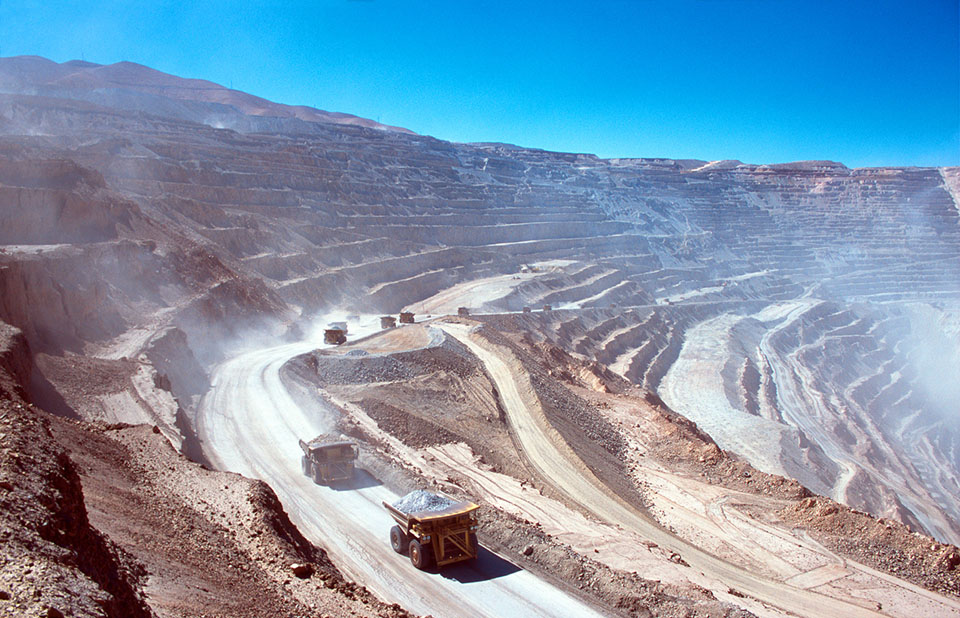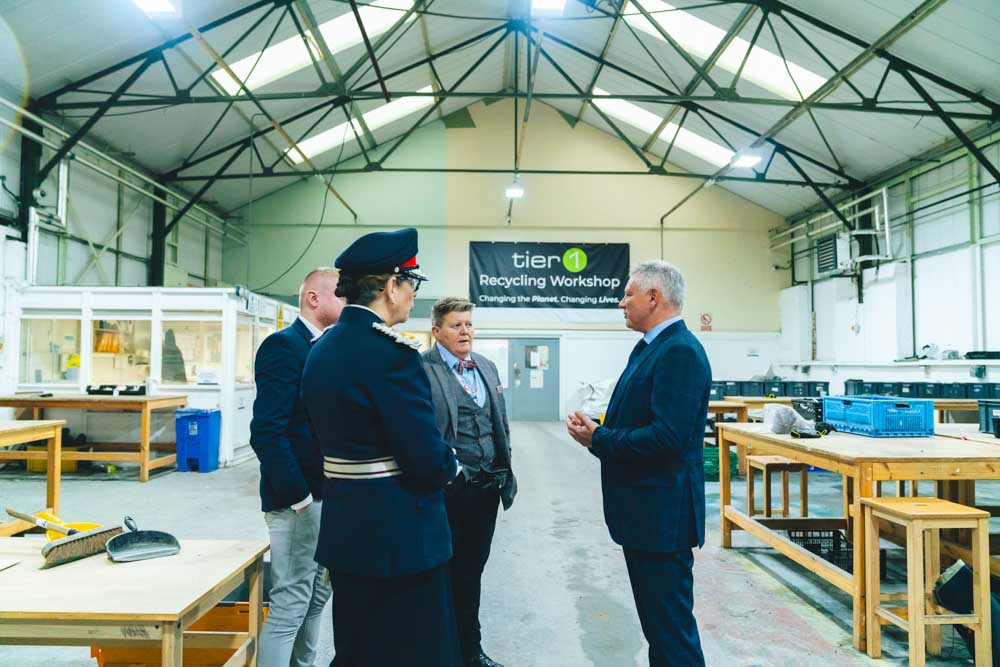The technology manufacturer’s battery of choice, the lithium-ion (or li-ion) is the most commonly used battery in the world. It powers everything from our smartphones and electric vehicles (EV’s) to renewable energy farms. It has revolutionised our tech and been hailed as the solution that will decarbonise the transport sector.
With its high-energy density ensuring a longer run time, the li-ion battery has more capacity than other technologies and self-discharging is minimal. It charges faster, is lightweight and can be charged mid-cycle, perfect for our personal smart tech.
However, whilst it meets the demands of its consumers, the lithium-ion battery does not fit with our future green economy.
Its short lifespan shows significant deterioration in the first few years. On average, a smartphone battery loses 20% of its capacity after 500 charge cycles. This contributed to a short handset upgrade cycle; we quickly became accustomed to getting the latest handset every 2 years. But, in reality, the only reason to upgrade was poor battery-life.
Are lithium-ion batteries bad for the environment?
As the UN’s Intergovernmental Panel on Climate Change calls for immediate action to prevent irreversible global warming, lithium has become central in finding more sustainable energy source. But does its extraction create an environmental crisis of its own?
Lithium is found in arid regions of the world. Its extraction requires huge amount of water, approx. 500,000 gallons per metric ton. A hole is drilled into the salt-flats so the mineral-rich brine can be pumped to the surface. The water containing manganese, potassium, borax and lithium-salts is left in evaporation pools for 12-18 months before the lithium carbonate is filtered.
Aerial view of the Rockwood Lithium mine in Silver Peak Nevada

However, mining appears to be far more harmful than we first thought. Whilst industrial mining of any description leaves a permanent scar of landscape, serious environmental and social concerns have been raised about mining of lithium and cobalt components, in particular.
Known for frequent conflict, the Democratic Republic of the Congo dominates the Cobalt mining sector. Small-scale operations where toxic cobalt is extracted by hand by workers with no PPE, insufficient ventilation and inadequately supported pits. Greenpeace have reported children as young as seven working in these hazardous reserves.
In May 2016, protestors gathered in the town of Tagong, Tibet. They threw masses of poisoned fish into the street; fish they had plucked from the heavily polluted Liqi River. It was the third chemical leak in seven years from the Ganzizhou Rongda Lithium mine’s evaporation pools. Eyewitnesses reported cow and yak carcasses floating downstream having consumed the contaminated water.
Operated by BYD, the world’s biggest supplier of li-ion batteries, the mine closed following in 2013 following the second incident. However, almost as soon as it reopened in April 2016, the river started to die once more. Researchers in Nevada also found a lithium processing operation impacted fish as far as 150 miles away.

Known as the South American lithium triangle, the salt-flats of Argentina, Bolivia and Chile contain more than half the world’s supply. The third largest salt-flat in the world, Salar de Atacama in Chile is one of the driest places on earth. The water intensive mining uses 65% of the regions water, severely affecting local arable and livestock farmers. Clashes have arisen as local communities face severe water shortages. Their villages are surrounded by a landscape of discarded salt mountains and unnaturally ‘blue-coloured’ contaminated canals. The residents in Salar de Hombre Muerto, Argentina echo their complaints.
What happens to our smartphones at end of life?
Arguably the most widespread personal tech device, global smartphone users increased by 40% between 2016 and 2020.
Our smartphones and tablets are amongst the most resource-intensive devices by weight. In North America and Australia where lithium is mined from rock, the miners need to dig through 30 kilos of rock to obtain the 100g of raw minerals needed to power a smartphone.
Almost two thirds of the global population own a mobile device.
This equates to 5.28 bn people, (66.7%)+
Statista estimate that by 2023, this figure will increase to 7.23 bn. There are currently 10.41 bn mobile phone connections, surpassing the global population of 7.89 bn*.
Smartphones and tablets have become essential business tools, particularly for remote teams. What happens when these large quantities of short lifecycle devices reach end of life? Are these included in your IT asset disposal policy? All of these devices will contain sensitive corporate data. When it comes to data destruction, our mobile devices are just as important as our laptop hard drives.
Can you recycle lithium-ion batteries?
Whilst costly and more complex than lead battery recycling, it is possible. Unfortunately, manufacturers haven’t considered a circular design, recyclability or the extraction of valuable precious metals and other materials that can be recovered and reused. Strong adhesives bond devices so batteries should only be removed at a specialist facility by those trained in safe WEEE techniques.
Recycling rates for li-ion batteries remain under 5% in the UK and the U.S. Compare this to the near-perfect 99% recycling rate of lead batteries, which have been praised by the World Economic Forum and MIT as the most successful example of the circular economy. Their recycling keeps 1.7 million tonnes out of landfill.
Whether the growing mountain of e-waste, the environmental pollution or the impact on human health, we are starting to realise the huge impact of our personal gadgets. Without question, we need to source a more sustainable, safer way of powering our tech.
Solid-state batteries.
R&D is well underway with prototypes in development for a possible successor. Solid-state drives (SSDs) have revolutionised data storage, now the same technology could drive battery technology forward. Instead of using rechargeable liquid electrolytes, the new competitor uses safer, non-flammable solid electrolytes. As their name suggests, solid electrolytes are energy dense, allowing faster-charging, greater capacity and a longer shelf life. They can handle the heat and cope well in the extreme cold, unlike li-ion.
They could significantly boost smartphone capacity, providing charge for up to three days continuous use. The greater lifespan and higher-density would mean lower energy costs for consumers; the more efficient long-lasting technology would mean a reduction in e-waste with little need to replace equipment so frequently.
EV manufacturers are particularly enthusiastic. The solid-state technology will removes the charge time and limited range barriers preventing consumer adoption. Toyota hope the launch their first SS battery-powered model by the end of the decade.
However, the downside is that it may be another decade before the solid-state battery reaches the consumer market.
Biodegradable batteries.
Incredibly, researchers from Swiss Federal Laboratories for Materials Science & Technology have developed the world’s-first biodegradable battery. Made from a modified, yet commercially available 3D printer, this innovation opens a vital pathway towards biodegradable, sustainable electronics, particularly important for the Internet of Things sector.
The mini-capacitor can sustain thousands or charge/discharge cycles, has years of storage capacity and can left in nature to degrade. Working in freezing temperatures, it is also resistant to shock and pressure.
The team are now focused on further performance enhancements to develop their groundbreaking, non-toxic, green printed energy device further.
Mobile device ITAD and battery disposal.
Without any real timescale on sustainable replacement, this leaves an awful lot of batteries sitting in discarded end of life IT assets.

As your redundant IT equipment becomes outdated, the battery may still hold capacity. They can be remanufactured, giving them a second-life. By combining them to create power banks, they can recharge e-bikes, e-scooters and provide back-up power systems. Similarly, power banks could provide a remote community with an energy supply for the first time.
Repurposing batteries could save 63 metric tonnes of CO2 emissions, annually.
Institute for Energy Research.
Whilst highly convenient, our mobile gadgets create one of the biggest challenges in data governance. Of all the ITAD myths, the factory-reset gives a huge sense of false security when it comes to your responsibility to protect company data. It is one of most common ITAD mistakes. It will not ensure complete data destruction; much like permanently deleting laptop files, your sensitive data remains on your device.
The only way to ensure full data erasure is with advanced specialist software via your ITAD partner. IT asset disposal companies can guarantee their data erasure service and mobile device recycling. They can also provide dedicated, specialist collection of non-renewable, toxic battery materials.
As the device and battery will both be professionally recycled, you will also receive a residual payment for the components that enter the remanufacturing sector; you effectively sell redundant IT assets. This could amount to a substantial sum if you are upgrading a large quantity of devices.
You’ll receive an IT asset disposal accreditation certificate for each device, providing an important ITAD chain of custody. Some IT asset disposition services provide on-site data erasure, helping you to minimise business downtime.

The highly innovative biodegradable battery, the evolution of the solid-state technology and the emerging new lithium battery recycling technology, give us hope for a greener future.
The true environmental impact of lithium extraction is yet to be known, but we can all be personally responsible for our own devices and the battery that powers them. We must actively recycle to prevent e-waste landfill of our batteries at all costs to prevent dangerous toxins harming human health, our crops, our livestock and our environment.
Now commonplace within our organisations, the enormous numbers of smartphones and mobile devices highlight the importance of asset disposal and data destruction services once more. It is crucial that we avoid data security issues, such as the factory-reset myth, to keep your businesses, your team and your sensitive data secure. Vast numbers of lithium-based batteries will be disposed of within this outdated mobile technology alone in the coming decades. Wherever possible, we must reuse the components we already have. By remanufacturing and maximising lifetime value, we will reduce the need to mine for more of the earth’s finite resources.
*UN Digital Analyst data, +GSMA Real-time Intelligence data
To find out more about environmentally friendly ITAD, contact us today on 0161 777 1000 or visit tier1.com
Resources.
World Economic Forum, Battery Council International, The Institute for Energy Research, Sims Lifecycle, Forbes, Greenpeace, mining.com, Wired, The Green Authority, Chemical and Engineering News, Android Authority, ANI News, New Tech Recycling, Materials Today, ONiO, weee.co.uk, MDPI.



